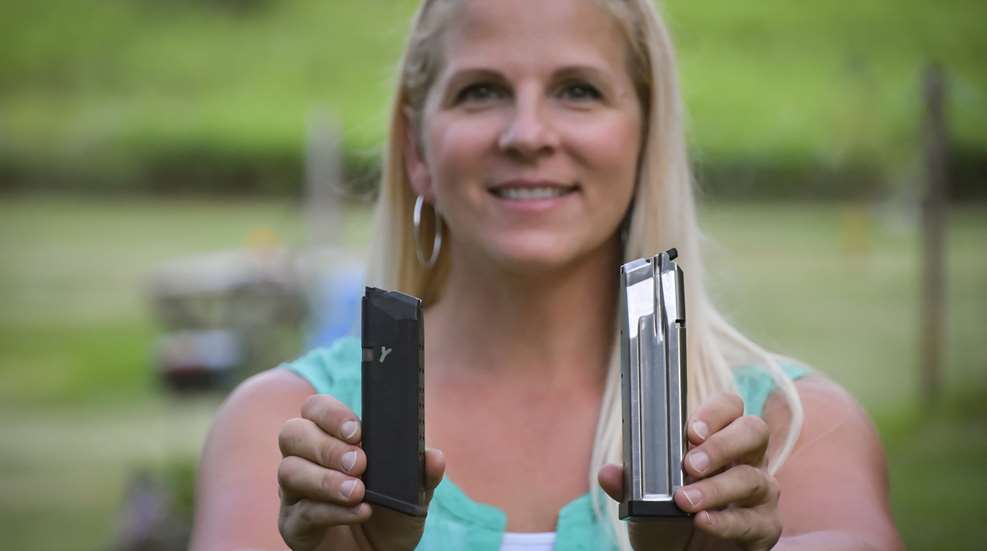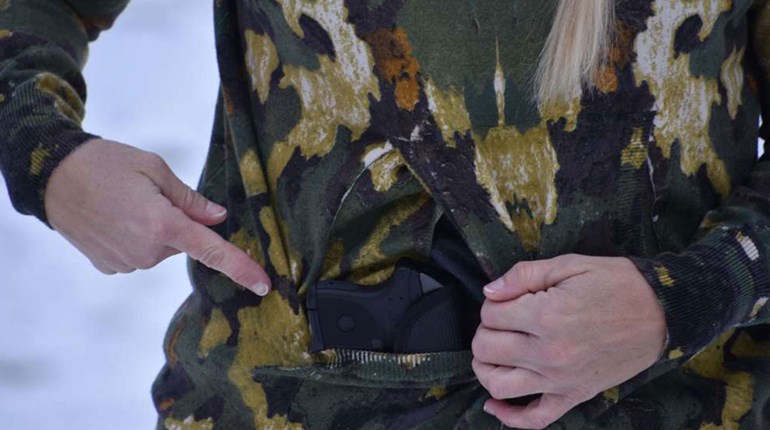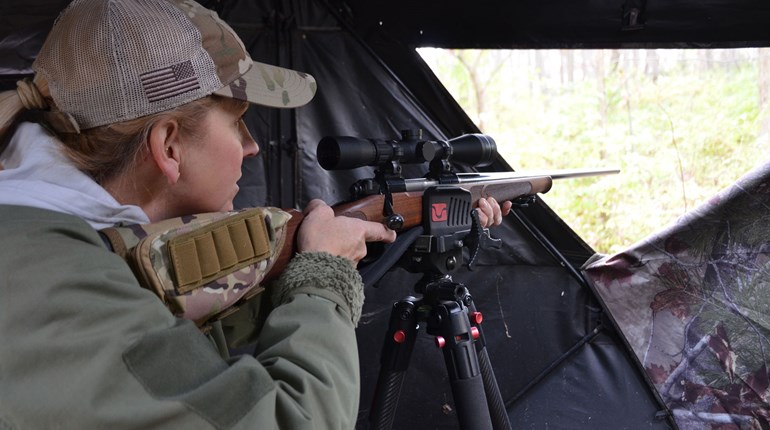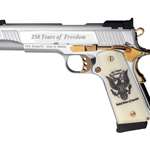
Of course you clean your gun, but what about your magazine? Did you know there are aftermarket parts that might make your magazine more efficient? Read on to learn about the anatomy, additions and maintenance of magazines to keep your firearms in peak condition.
Parts of a Magazine
With the exception of drum magazines (rotary magazines shaped like a drum), magazines are generally rectangular in shape. Rounds are stacked inside the magazine, sometimes in a single stack (like a 1911) or in a double stack (like most Glocks or an AR-15 magazine). But every magazine has a top that tapers to fit the gun it’s made for. The two sides at the top are referred to as “feed lips,” because they narrow like a mouth to hold the top-most round in the magazine in place.

With metal mags, these feed lips can sometimes bend and eventually need to be tuned or bent back to the right spot. It’s why dropping a loaded magazine on concrete or other hard surfaces is not a good idea.
Even most plastic magazines have metal feed lips. These help ensure dependable function, especially in extremes of hot and cold, and keep the rounds where they are supposed to be. As the rounds converge to exit the magazine, they must reliably and repeatedly move in relation to each other, the magazine and the gun. If your magazine does not have metal feed lips, the dependability can come into question.
Also, every magazine has a tube or body ... the part that makes it a “magazine.” Inside that body is a spring and a follower, then a base plate or base pad to hold the spring inside the tube.

Sometimes the base pads are extended to increase capacity, or for some concealed carry firearms, the extension helps you to grip a smaller gun better by giving you more surface area to grip onto. If you buy an aftermarket (meaning they did not come stock with the gun) base pad, then you will usually need to order a longer spring so that there is enough tension to push the rounds up out of the magazine and into the gun.
Some magazines or base pads might require another piece in the bottom of the magazine. Usually, this is a plate that locks the base pad to the magazine tube (See above photo featuring Glock insert). Sometimes these plates make installing the base pad easier because it gives you something to compress the spring with as you slide the base pad into place. Learning what you like to work with and understanding the processes to load, unload and clean your mags can impact your choice in both firearm and magazine accessories.

On top of your magazine spring, you will see the follower. It will either connect to or rest on top of your spring, and it is what you see in the top of an assembled magazine. The base pad is secured after you insert the follower and spring. Many aftermarket pads have set screws or pins that hold tension to keep the base pad secured to the magazine tube. It’s a good idea to check them every so often to make sure nothing has worked itself loose.

Magazine Maintenance
Knowing how to take apart and clean your magazine is part of owning and using a firearm. Consulting your manufacturer’s website is often the best way to get the information that you need. If you use aftermarket base pads, that manufacturer should have that information available.
The following are the basics of cleaning a magazine: Remove the base plate or pad, pull the spring and follower out, clean all the parts with a brush or cloth and reassemble.
Clean your mags if they pick up any dirt or sand from dropping them on the ground or if they otherwise have been exposed to a lot of dirt or debris. Spare concealed-carry mags that might have picked up lint or dirt in your purse or bag should be cleaned every so often as well! Clean the ammo that was inside too by wiping it off in a small towel or rag.
Do not oil magazines; this will only attract dust and grit. You can wipe down metal mags with a light oil, like gun Cleaner, Lubricant and Preservative (CLP), and then wipe them dry, but don’t leave oil on a magazine unless you are storing it. For polymer mags, I just brush them out, and pull a dry cloth through them. If they have a lot of carbon or dirt, I use a cleaner made for carbon. Ultrasonic cleaners can strip coatings off metal mags and springs, so I would shy away from them and stick with simple cleaning methods. Consider that metal mags exposed to sweat and humidity can rust, so wipe them down when you finish using them, just like you wipe down and maintain your gun.
Basic understanding of the tools you are using will make you a more capable firearm owner. Your guns and gear will last longer and serve you better if you have knowledge on how to use them and act on it. Make sure you’re following NRA Women for more information you can add to your knowledge base!














































